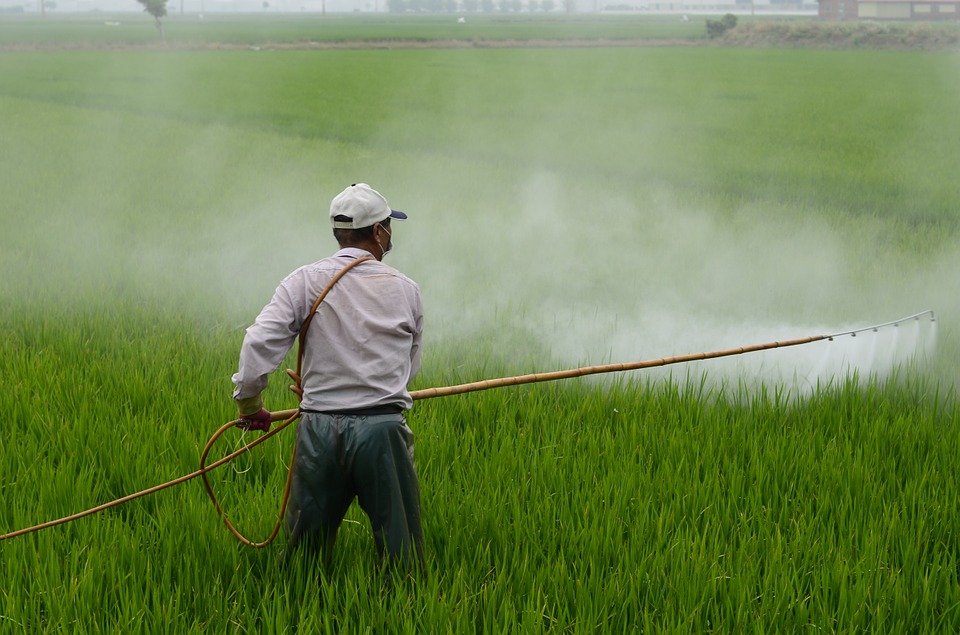“Pesticides” are an umbrella term to classify insecticides (ex. Altacor, or chloranthraniliprole), fungicides (ex. Tilt, or propicanazole) and herbicides (ex. RoundUp, or glyphosate). Modes of action vary by compound, many affect physiological functions. Nancy Ostiguy from Pennsylvania State University Center for Pollinator Research analyzed pesticide residues in pollen and wax comb samples found in apiaries from University of Maine, USDA-ARS at Baton Rouge, University of Florida, University of Minnesota and Washington State University. No pest management practices were used for mites or pathogens. This approach allowed researchers to study the effect of pesticides present in pollinator habitat and not compound the effect with chemicals present in the hive.

During the 4-year study, The Connecticut Agricultural Experiment Station (CAES) chemically analyzed 168 pollen, 142 wax comb and 5 wax foundation samples for pesticide residues. Chemical analysis identified 82 pesticides, 8 metabolites and one synergist that is used to enhance the potency of insecticides. There were over 1709 pesticide, metabolite and synergist detections in the samples over the course of the study. Pesticides were detected most frequently in pollen samples. Of the compounds detected, 42% were insecticides, 32% fungicides, 25% herbicides and 1% synergist. Lethal dose levels (LD50) from the US EPA Ecotoxicity Database were used to assess if pesticide residues obtained from hive samples were above lethal limits.
See tables 3-6 for annual pesticide detections.

Insecticides:
Thirty-eight different insecticide compounds were identified in pollen, wax comb and wax foundation samples. In pollen, the highest concentration of insecticide was spinetoram (645 ppb) which is used in crops to control Lepidoptera larvae, leafminers and thrips. Every wax comb and foundation sample had miticide residues of coumaphos and amitraz which suggests that these compounds are always present in the environment, even in treatment free hives.
Fungicides:
Fungicide residues also seem to persist in the environment and in the hive. Eleven different fungicides were detected in wax foundation. Boscalid, a fungicide for fruit and vegetable crops, was detected in all wax foundation samples. Iprodione, used on almonds and other food crops, was found at high concentrations in wax foundation (165 ppb). Azoxystrobin and pyraclostrobin were frequently found in wax comb samples. Fungicide residues of carbendazim, azoxystrobin, and propinconazole-1 were found in pollen samples. Broad-spectrum fungicide carbendazim was found in both pollen and wax samples at the highest concentrations (548 ppb, 137 ppb).
Herbicides:
Weed and grass killers like atrazine and diuron were most frequently detected in pollen and wax samples. Diuron was detected at the highest concentrations (275 ppb) in pollen samples. Wax comb contained high concentrations of Halosulfuron-methyl (386 ppb). Wax foundation had high levels of pendimethalin and prodiamine (17 ppb).

LD50 Levels in Pollen and Wax Comb:
Most pesticides detected were lower than the lethal dose levels for honey bees. In one pollen sample, imidacloprid and its metabolites were detected at 137% the oral LD50. A sample of wax comb had fluvalinate residues at 43% the contact LD50. Fluvalinate was also detected in a wax foundation sample at 7.7 times the LD50.
What now?
This study revealed unexpected levels of pesticides entering the hive from pollinator habitat. Low levels of compounds such as coumaphos and amitraz are always present in the environment and in the hive, even when those hives are not treated with those compounds. These findings raise two concerns, contamination of honey and emergence of resistant pests. It is important that these studies continue throughout the country to study additional pesticides like fumagillin, glyphosate and the synergistic effects of pesticides like amitraz and its ability to interact with other compounds like fluvalinate and coumaphos.
